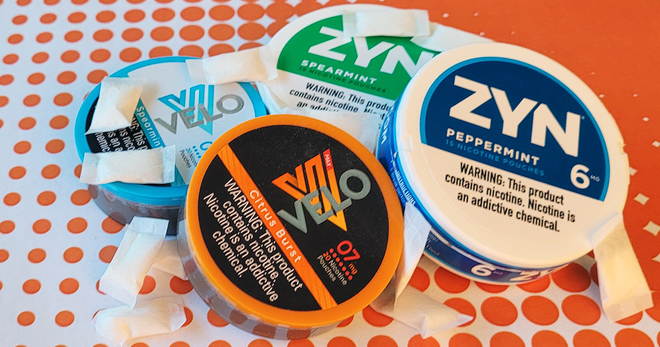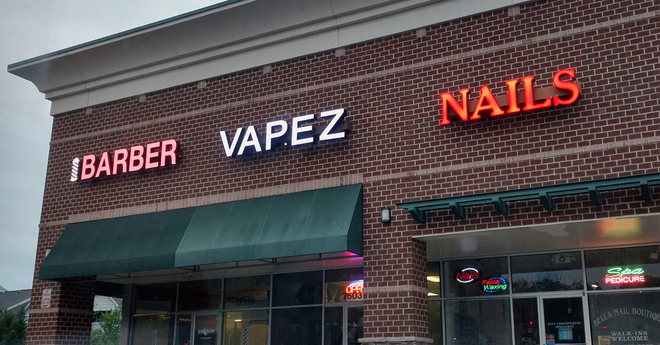When and where do nonsmokers encounter tobacco advertising?
While tobacco advertising may be more restricted than it used to be, it still appears in many places where nonsmokers see it, potentially increasing their likelihood of starting to smoke.
To better understand when and where nonsmokers encounter tobacco advertising, a Truth Initiative® study published in BMC Research Notes piloted a different way to track advertising exposure by asking people to report advertising they saw at several points throughout each day, rather than recall what they had seen at a later time.
Researchers recruited 31 nonsmoking young adults ages 18 to 25 years old who live and work in Washington D.C., and sent them six text-message prompts every day for two weeks, requiring their response within one hour of each prompt (a strategy called ecological momentary assessment). The text prompts asked participants to report their exposure to tobacco advertising at that moment.
Participants were exposed to tobacco marketing an average of two times during the two weeks, but African-American and Hispanic participants had significantly higher odds of reporting exposure in response to each text, as did low-income respondents. Participants most frequently reported exposure while they were in a store that sold tobacco products — not surprising, given the tobacco industry’s massive investment in point-of-sale marketing.
These results support other research indicating “greater exposure among minority respondents may be due to more advertising in [minority-dominated neighborhoods],” said Dr. Shyanika Rose, research investigator at the Truth Initiative Schroeder Institute®. “Point-of-sale tobacco marketing exposure may be particularly problematic as exposure in stores, but not through other media, has been associated with increased future smoking risk.”
Some state and local governments are taking measures to restrict point-of-sale advertising, which “may reduce [tobacco advertising] exposure for young adults,” Rose said. These efforts include restricting licensing and density of tobacco retailers, as well as the price, placement and promotion of tobacco products in stores.
For more information on tobacco industry retail practices, read our fact sheet and policy resource.



